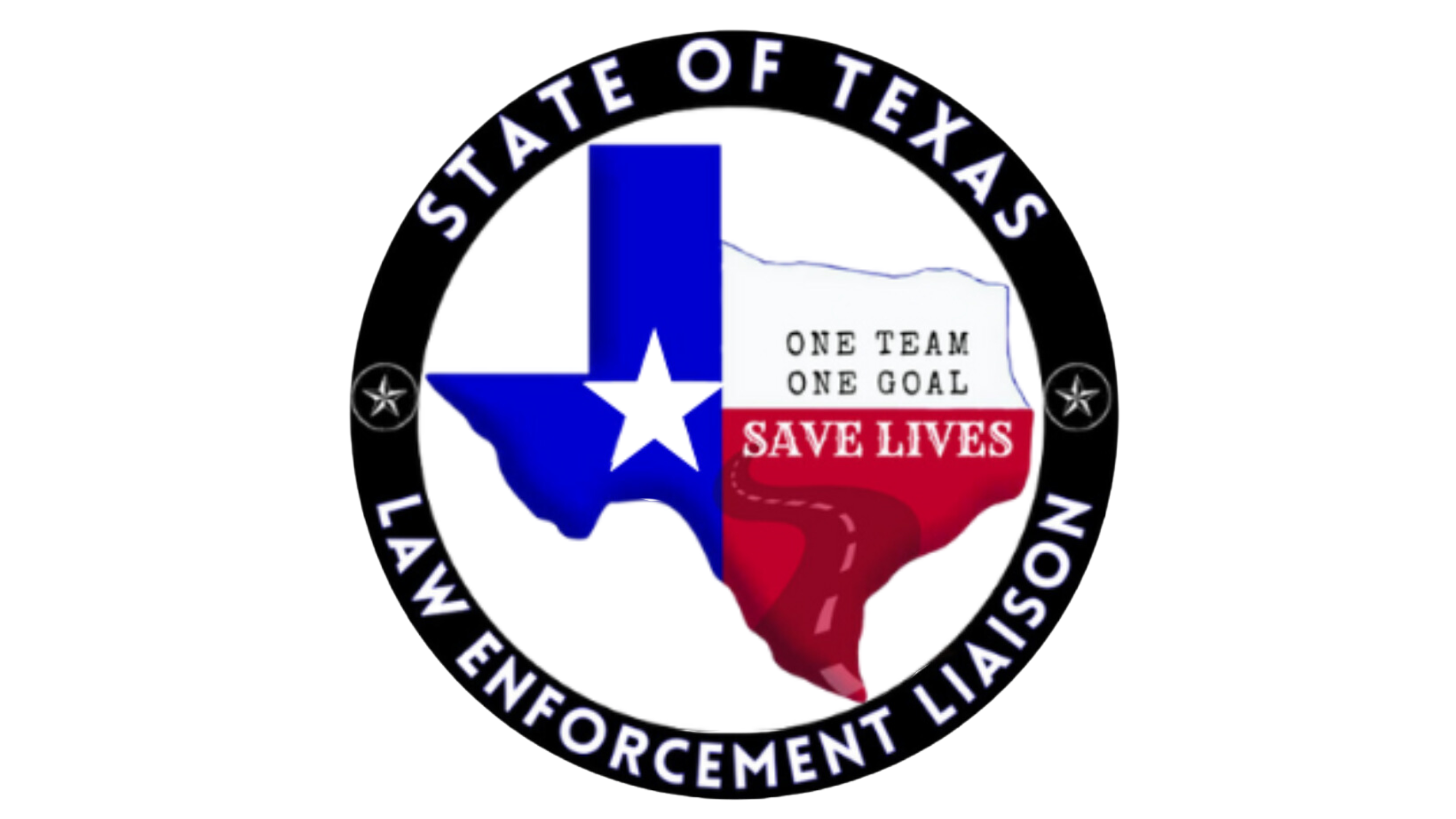Texas Law Enforcement Liaisons
SOMETHING
OFFICERS
DON’T
KNOW
Trent Lozano
“What is something you would think all cops should know but probably don’t?
I was speaking at an event once when someone asked me this question. The question kind of took me by surprise because the topic of the night had more to do with Active Shooter Response and tactical considerations for civilians, so I wasn’t really in the mindset for that type of question. However, not one to back down from a challenge, I paused for a moment while I contemplated my answer.
How do I pick one thing? There are so many topics we are expected to be experts on. My mind raced from subject to subject. Should my answer be something in regard to managing finances, or mental health care options, or something covered by other public services like Fire Department or EMS?
Before I realized it, I heard my voice reply, “Installing car seats. We don’t know the first thing about car seats or how they should be installed.” Everyone in the room was surprised to know that the majority of police officers have had zero training in car seat installation or recognizing when a child safety seat is installed incorrectly.
You can’t blame them for thinking that though. Most of the population believes they can go down to the local Police Department or Fire Station and a nice officer or firefighter will come out and install their car seat for them. Unfortunately, that just isn’t the case, and it isn’t likely to change soon. When you combine the ever-shrinking training budgets with the always-increasing number of “required courses” it is no surprise that some topics are going to fall to the back burner if you don’t shine a light on them.
When it comes to child passenger safety, as with most things, there are levels to this. Your average patrol officer has likely never had any training at all on car seat safety and may or may not recognize issues with them on traffic stops. Some others may have gone through a 4-hour Child Occupant Restraint Enforcement class and can recognize safety issues but are not certified to install or inspect them. Very few officers have been through the full 30+ hour Technician course which certifies you to install car seats and do safety checks; and a police officer that has gone on to become an instructor for the technician course is so rare they might as well be a unicorn.
That being said, I am going to give you a few points to recognize when you are dealing with car seat issues on the job. Please understand these points should be viewed from the position of operating under best practices. I am NOT telling you all these points below are (or are not) offenses in your state’s transportation code. Do your own research and confirm what is a chargeable offense in your jurisdiction.
1. First and foremost, make sure every occupant is using a safety restraint. (Car seat, seatbelt, booster seat, etc.)
2. Children need to be in some type of child restraint (car seat) until they are at least 4’9” tall.
3. Children should remain rear-facing as long as possible (bare minimum of 2 YOA). Rear-facing is safer and provides the most protection for their head, neck, and spine.

4. When a car seat is installed in the vehicle, it should use either the seatbelt or the lower anchors to connect to the vehicle, not both. If the seat is forward facing, use the top tether also.
5. As a general rule car seats should never be in the front seat of vehicles with airbags. You can check the vehicle owner’s manual to see where the car seat should go. Most manuals are available online if the paper manual isn’t available.
6. Children are safest sitting in the backseat until they are at least 13 years old.
7. Even if a child is secured in a car seat, you should make sure they fall within the height and weight requirements for that seat. Car seats should be used until the child reaches the maximum height or weight the seat is rated for before moving up to the next one.
8. If a child is in a rear-facing car seat the shoulder straps should be at or just below the shoulders. If forward-facing, then they should be at or just above the shoulders. Chest clip should be even with the armpits.
9. Car seats have expiration dates. They are almost always printed on the seat somewhere, usually on one of the stickers attached to the seat. If the seat is expired, it should be replaced.
10. Sometimes officers find themselves in situations where a child needs to be transported for some reason. If you are in a vehicle that has a cage do not transport a child in a car seat in that vehicle. Call for a vehicle without a cage and have them do the transport.
11. Bonus: If you aren’t sure what to do in a particular situation, take the time to look it up. It is always better to err on the side of safety than it is to risk it and be wrong. You can find the answers to most questions at places like Safe Kids Worldwide, or NHTSA | National Highway Traffic Safety Administration or Child Passenger Safety | Transportation Safety | Injury Center | CDC or the car seat manual, as well as the vehicle owner’s manual.
As I said before, these are just a few points to keep in mind if you run across car seat issues while you are out there serving and protecting. The children of our communities are 100% totally and completely reliant on us (the adults) to make sure they are safe and cared for. We owe it to them to be educated on the best ways to do just that
